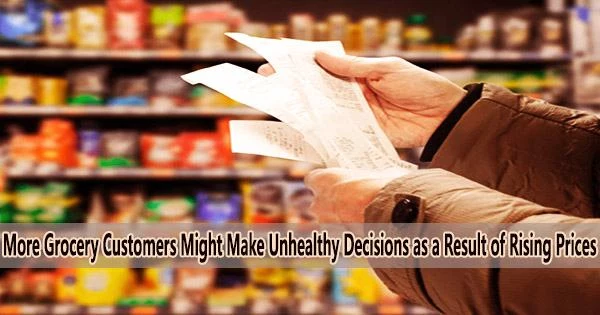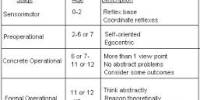According to new research, rising supermarket costs may be inducing consumers to choose more unhealthy foods as a result of aggressive marketing strategies.
According to a Charles Darwin University (CDU) study on the marketing of unhealthy food brands, consumers who buy large quantities of the unhealthy products benefit from much lower per-item prices whereas consumers who buy lesser quantities of the unhealthy products suffer.
The study was published in the Journal of Strategic Marketing last week.
Steven Greenland, the study’s lead author and a professor of marketing at CDU, claimed that marketers were taking advantage of the fact that pricing was a major factor in why people bought unhealthy items.
“The gap in savings between small and large volumes of unhealthy brands is much greater than the price gap in healthy food items,” Professor Greenland said.
Although shopping in bulk is not a novel concept, the study found that the price difference between buying in small quantities and doing so in bulk was greater for unhealthy than for healthy products.
Price is recognized as the key consumption predictor within the unhealthy product marketing mix, particularly for low-income consumers, and the issue is widespread.
Professor Steven Greenland
“This reinforces the decision to buy unhealthy products, and of course this means people will be eating more unhealthy foods,” he said.
“Price is recognized as the key consumption predictor within the unhealthy product marketing mix, particularly for low-income consumers, and the issue is widespread.”
Professor Greenland, from the Faculty of Arts & Society, Business & Accounting. said if shoppers were making choices based on price and not nutrition, then rising food prices with further increase the appeal of bulk discounted products and shelf prices are rising rapidly.
According to the latest Consumer Price Index from the Australian Bureau of Statistics, food and non-alcoholic beverages rose by 9.2% in the 12 months to December 2022.
Fruit and vegetable prices increased by 8.5% from January to December 2022, but the Bureau admitted that these prices varied.
Dairy and associated products saw the biggest growth, rising by 14.9% from January to December.
According to Professor Greenland, efforts to reduce the consumption of unhealthy foods have been hampered by the bulk pricing system.
“We need more robust regulations to ensure that the cost of eating unhealthy foods is fully factored in,” he said. “Public health regulators need a better understand of how unhealthy brands marketed themselves using price incentives, and the affect this is having on the psychology of the shopper.”
















